#Language #Flowers #Symbolism #Antique #Furniture #Art
Before emojis or love letters, people turned to flowers to express feelings that words often couldn’t—especially in the 18th and 19th centuries. Known as floriography, the symbolic language of flowers influenced not just literature and fashion, but also interior design and the decorative arts. Nowhere is this more poetically expressed than in flower symbolism in antique furniture and paintings.
At Styylish, we celebrate the craftsmanship and meaning behind antique pieces—where marquetry and artwork serve not just a visual role, but a symbolic one. In this post, we explore how flowers in historic design communicated emotion, sentiment, and even status.
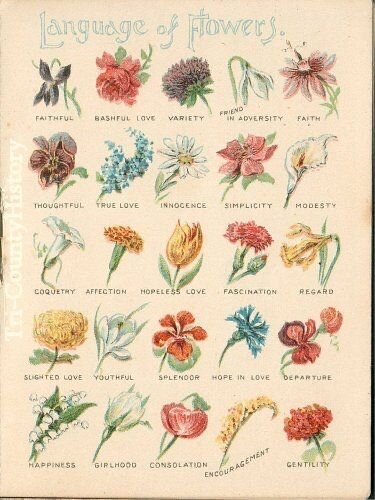 Floriography: The Secret Language of Flowers
Floriography: The Secret Language of Flowers
The concept of flower symbolism has ancient roots, but it reached its artistic peak during the Victorian era. With strict social etiquette discouraging direct emotional expression, people began using flowers as a subtle means of communication. Each flower held specific meaning—a red rose for love, a lily for purity, a tulip for elegance.
These meanings extended into the world of material culture. Floral motifs in upholstery, tapestries, marquetry, and painting were not chosen randomly—they conveyed values, messages, or dedications. Understanding flower symbolism in antique furniture opens a deeper appreciation for the narrative behind a piece.
Petals in Wood: Floral Marquetry in Antique Furniture
Marquetry is the delicate art of applying small, contrasting pieces of wood veneer to form intricate patterns or images. During the 18th and 19th centuries, marquetry often featured floral designs, turning tables, chests, and desks into subtle carriers of meaning.
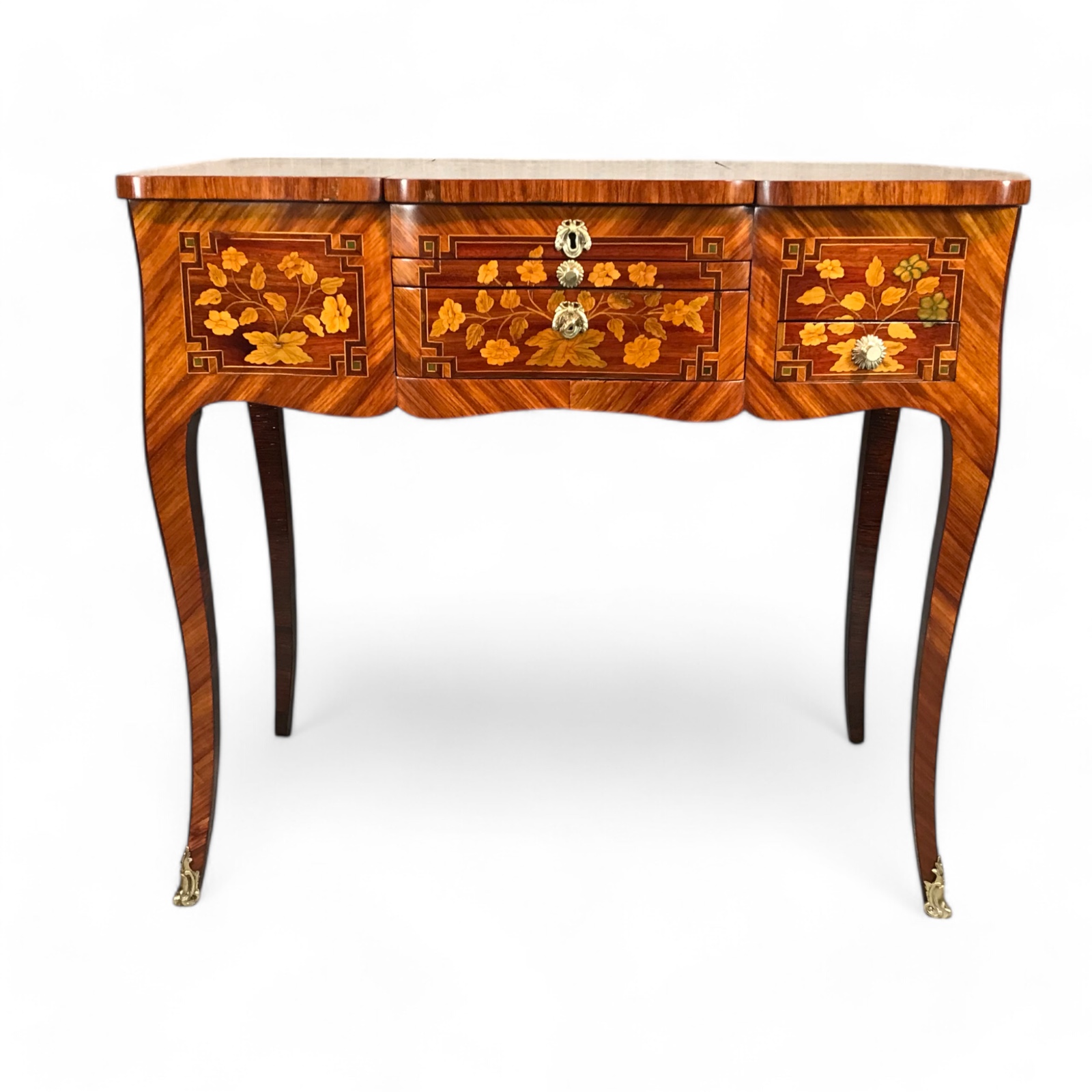

Biedermeier and Beyond: A Language in Veneer
The Biedermeier period (1815–1848) emphasized clean lines and subtle ornamentation—but within that restraint, floral marquetry flourished:
-
Roses in marquetry designs conveyed deep affection, romance, or beauty.
-
Tulips, popular in German and Dutch design, symbolized elegance and refined taste.
-
Lilies represented nobility and virtue, often used in ceremonial or ecclesiastical pieces.
-
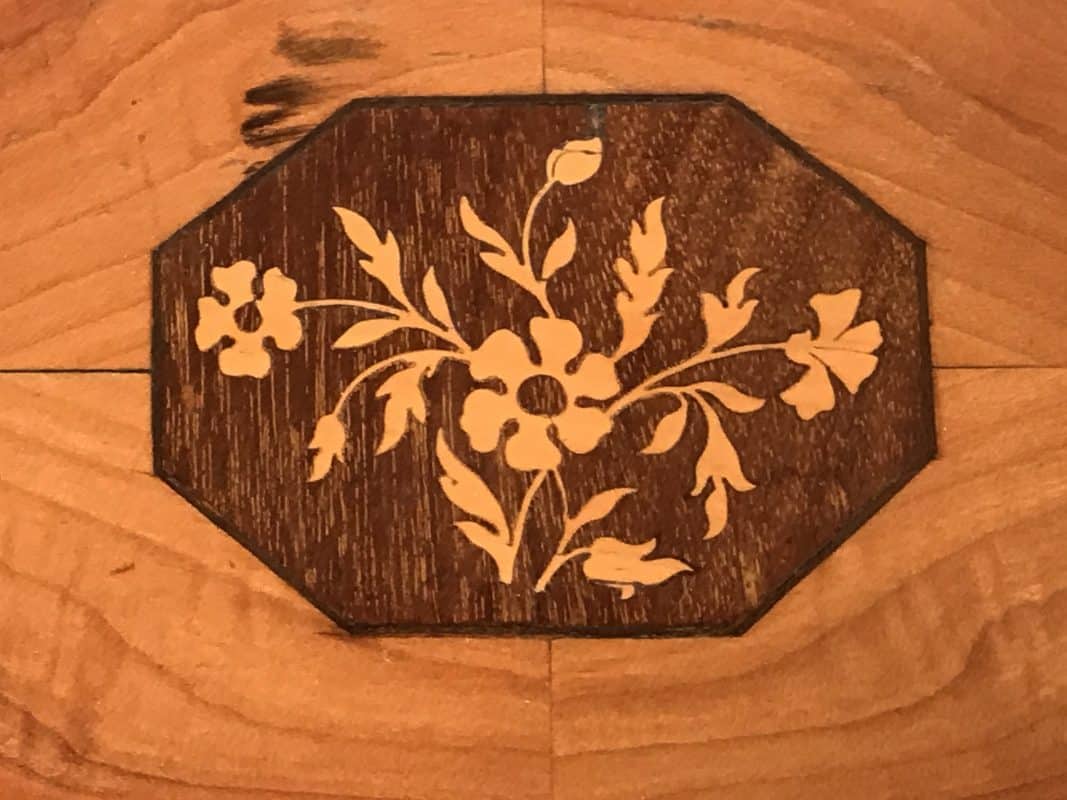

Marquetry detail of a Biedermeier Sewing Table- available on Styylish Forget-me-nots evoked remembrance and loyalty—appropriate for private writing desks or personal chests.
- French marquetry, particularly in Louis XV and Louis XVI pieces, often used flowers in garland or bouquet arrangements. These florals could also reference mythology, religion, or royal symbolism.
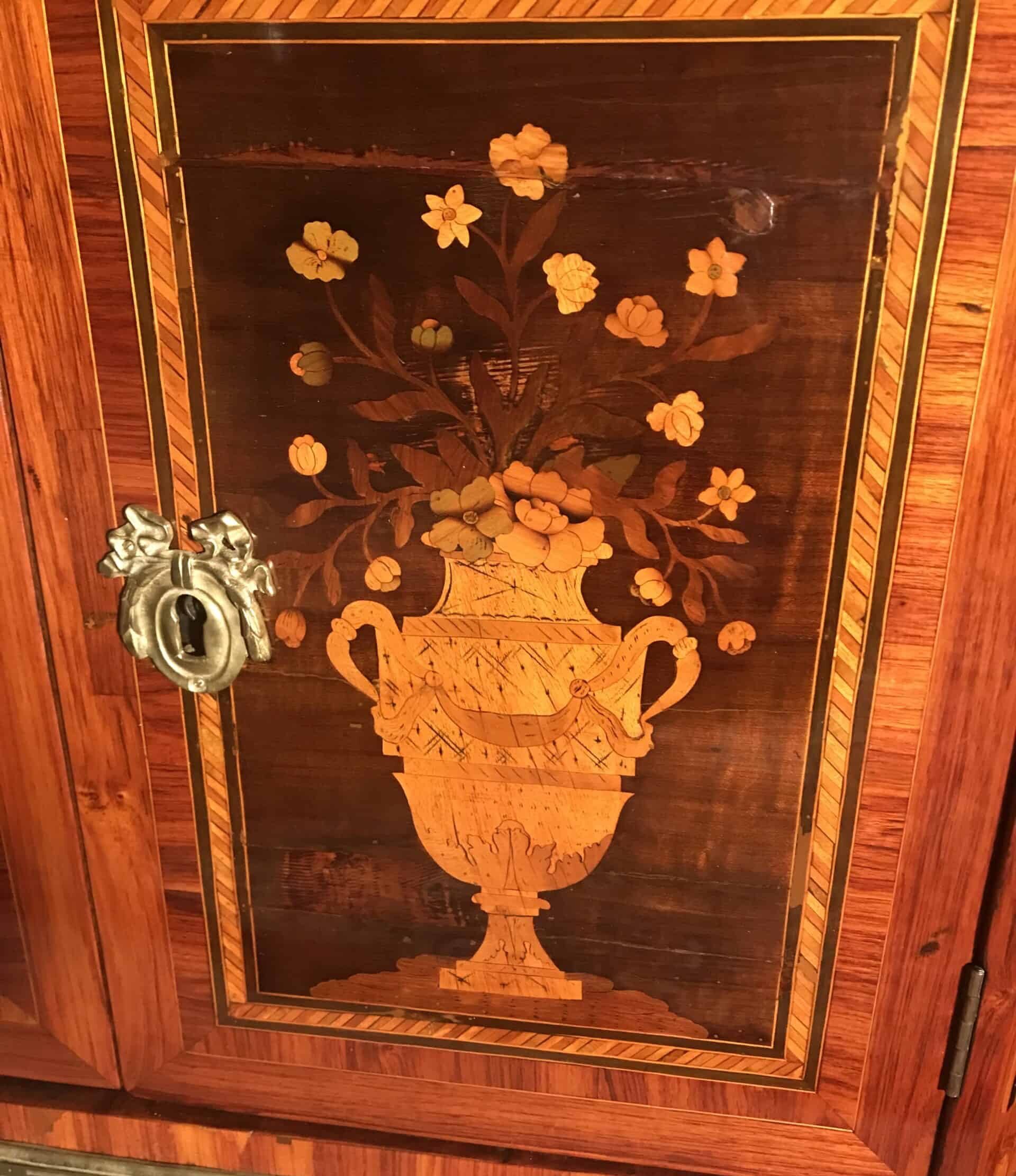

Marquetry Detail of an Antique French Secretary Deskof the 18th century- available on Styylish
Crafting Meaning: The Technique Behind Floral Marquetry
Creating a floral motif in marquetry was no small task. Artisans selected veneers of different species for their color and texture—walnut burl for depth, maple for brightness, or ebony for contrast. Each petal, leaf, and stem was hand-cut and carefully arranged to form detailed compositions.
What might appear as simple embellishment is, in fact, a labor-intensive narrative told through wood. Today, these works are not only prized for their craftsmanship but also for the symbolic richness they contain. Understanding floral symbolism in antique furniture brings emotional depth to a design story.
Painted Blooms: Flower Symbolism in Antique Art
Just as floral motifs appeared in furniture, they were also central themes in antique still life paintings. Especially during the 17th–19th centuries, artists used specific flowers to convey emotional, religious, or philosophical messages.
-
Peonies were used to symbolize wealth, romance, and honor.
-
Irises stood for wisdom, hope, or divine inspiration.
-
Poppies, especially red ones, signified remembrance and sleep.
-
Daisies represented innocence and new beginnings, making them popular in feminine interiors.
These themes are especially prevalent in Dutch vanitas paintings, where blooms were paired with symbols of mortality and the passage of time. What looks like a simple bouquet may actually be an elegant meditation on life’s fleeting nature.
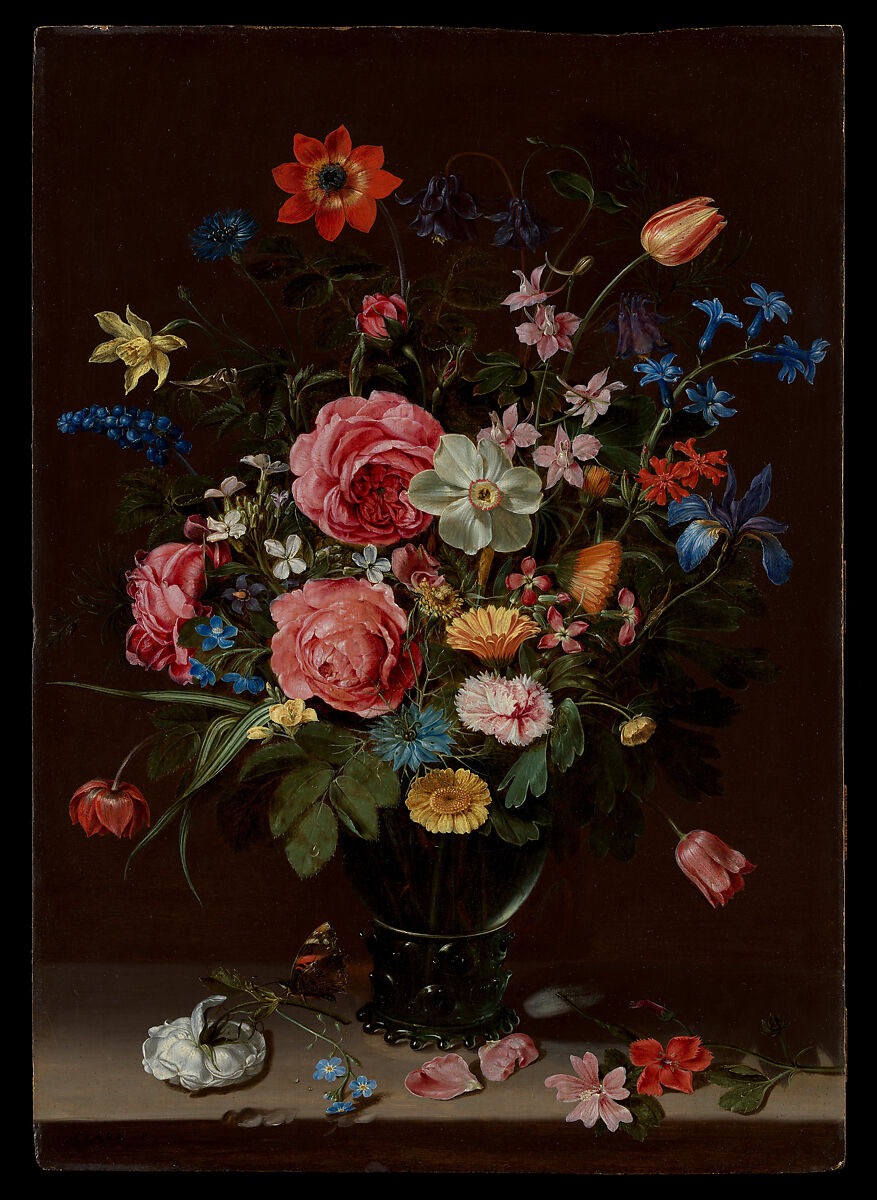

Modern Interiors, Timeless Symbolism
Incorporating pieces with flower symbolism in antique furniture adds more than beauty to a room—it adds meaning. A marquetry table with tulips might subtly express refinement. A painting with irises might anchor a study with a sense of wisdom. These symbols speak across centuries, quietly enriching today’s interiors.
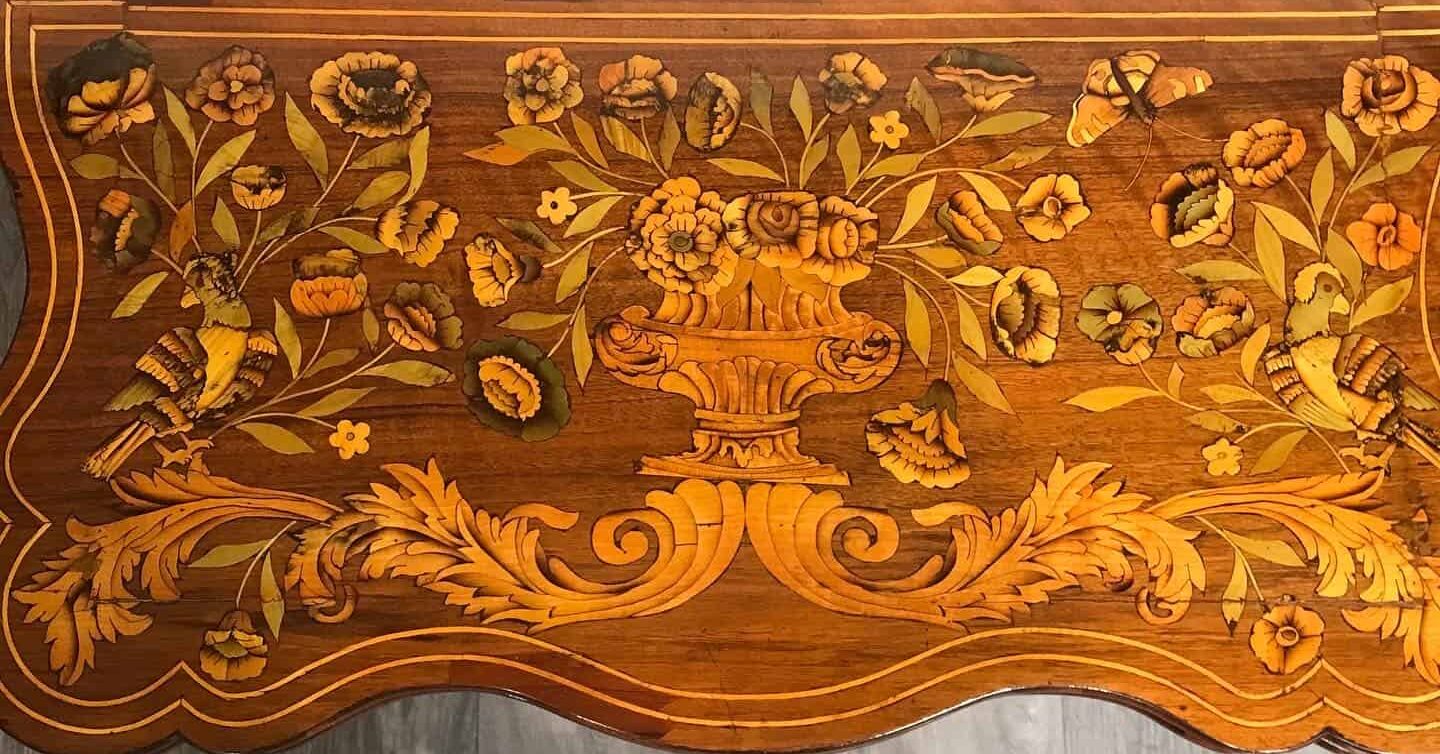

In a world filled with mass-produced objects, antiques with symbolic floral details connect us to emotion, heritage, and artistry. At Styylish, our curated selection highlights these treasures, from rose-inlaid cabinets to still lifes bursting with painterly expression.
Featured Floral Pieces on Styylish
Here are three stunning examples from our current collection that beautifully express flower symbolism in antique furniture and art:
1. French Antique Secretary Desk with Floral Marquetry
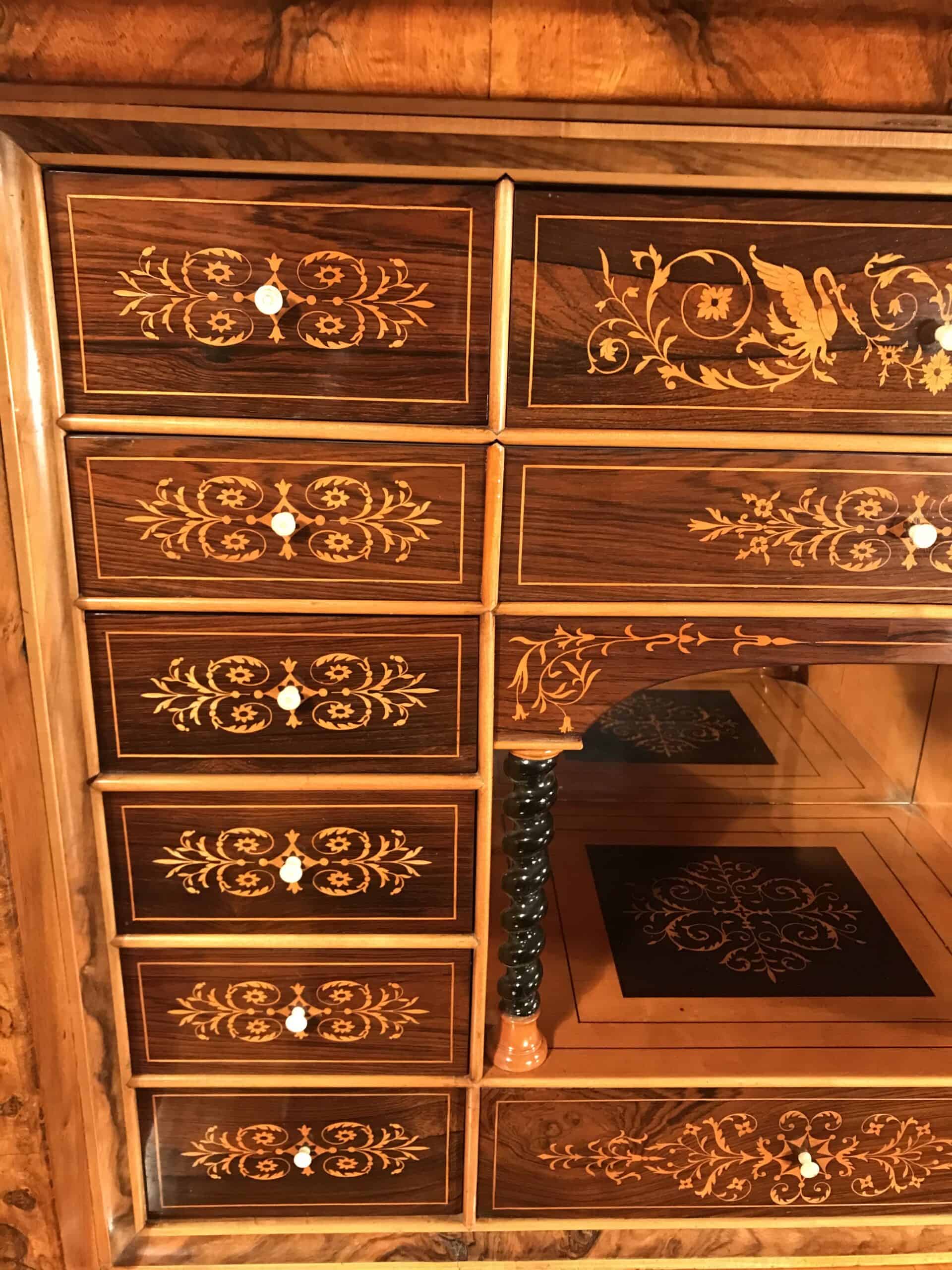

This walnut-veneered desk from France circa 1830, features a delicate flower marquetry on the inside of the writing compartment. It’s more than functional—it’s a message of beauty and elegance rendered in wood.
2. French Still Life with Peonies and Irises, 19th Century
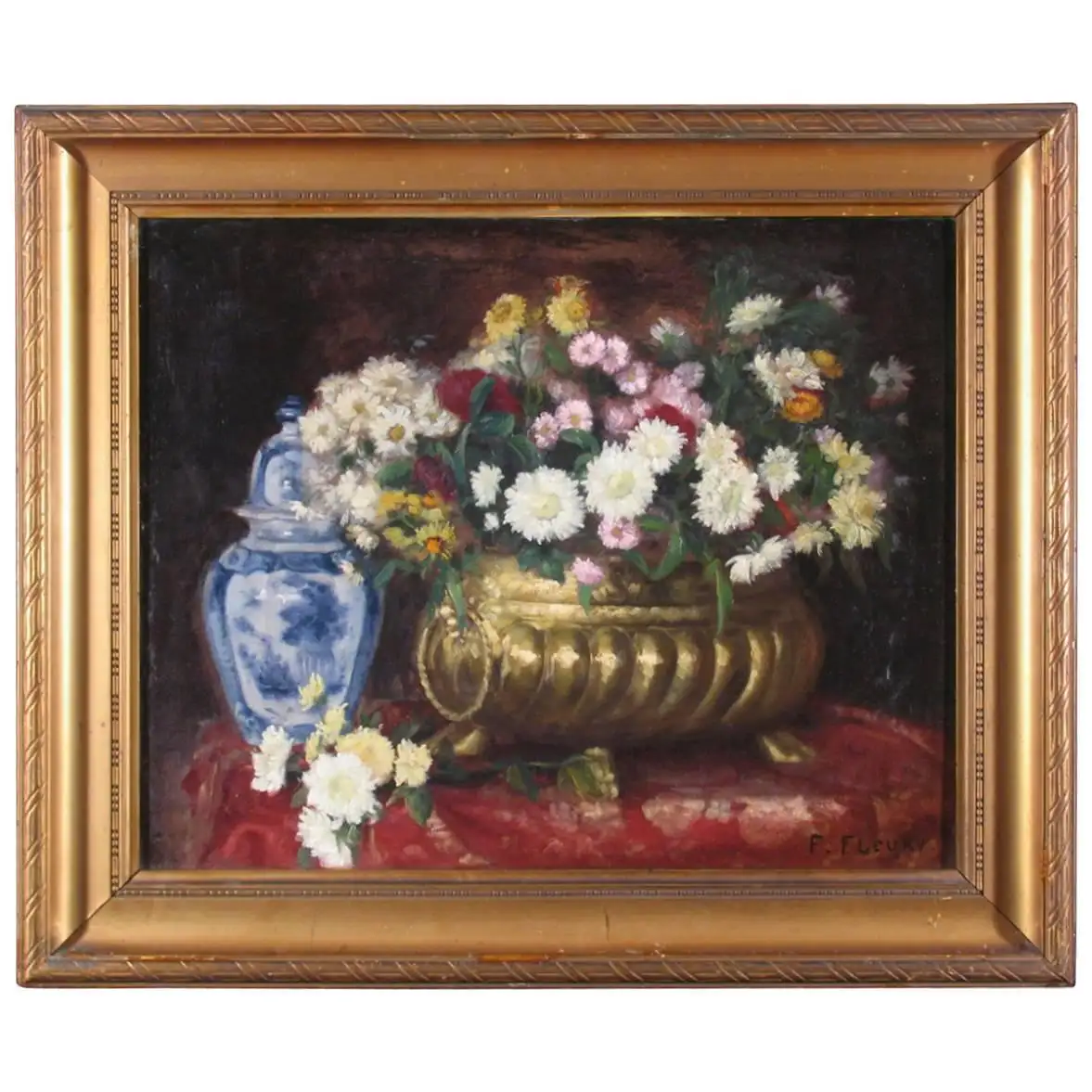

A lush floral composition painted in oil, filled with daisies and carnations. Its layered symbolism—romance, prosperity, and wisdom—makes it perfect for a refined yet expressive interior.
3. French Transformation Chest of Drawers
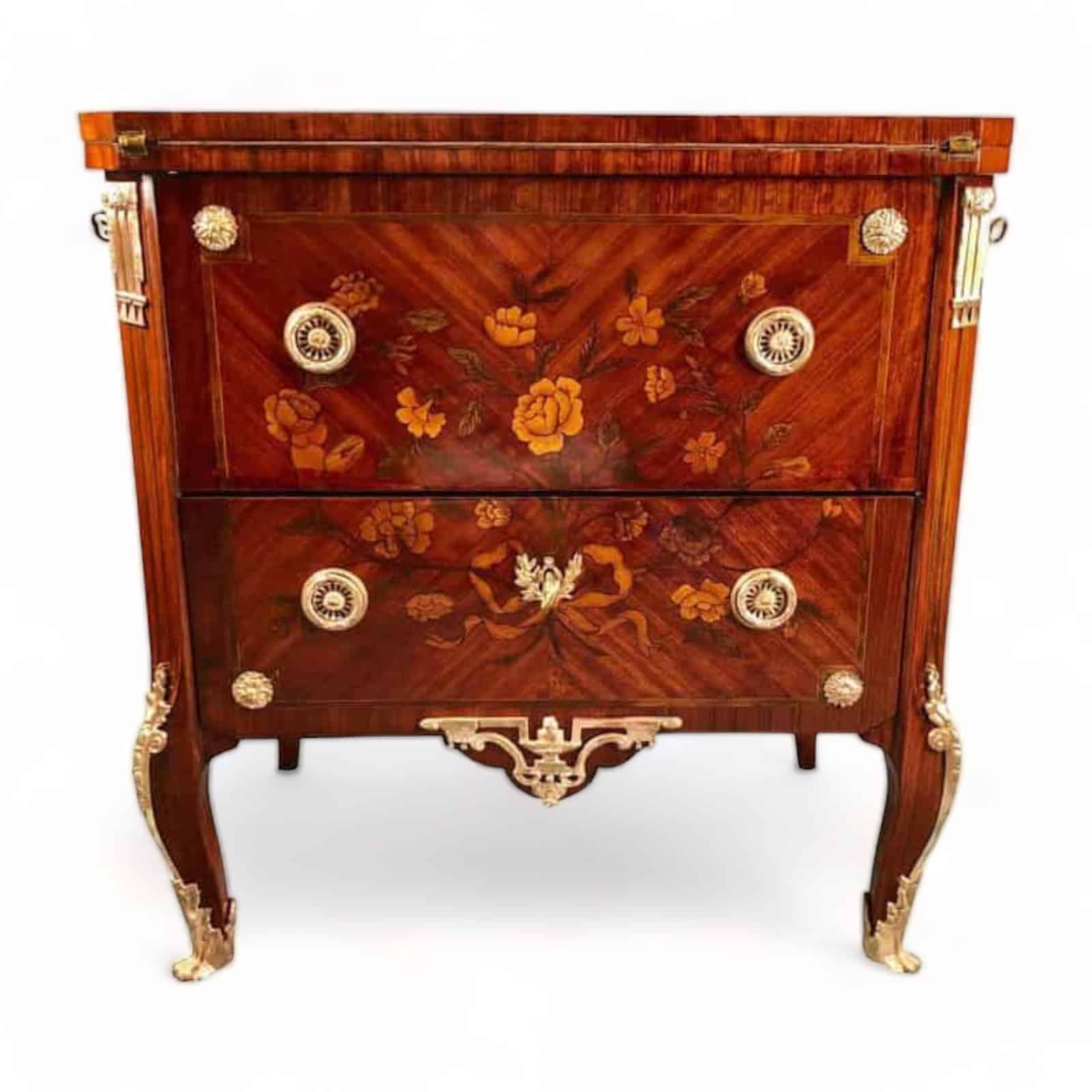

Combining soft tulipwood tones and intricate floral marquetry, this commode is a testament to French artisanship. It subtly communicates abundance and refinement.
Final Thoughts: Decorating with Stories
Whether woven into wood or captured on canvas, floral motifs in antique design continue to resonate today. Understanding the symbolism of flowers in antique furniture allows us to see these objects not merely as decorative, but as deeply personal—messages crafted with care, patience, and purpose.
At Styylish, we believe your interiors should tell a story. Explore our collection to find pieces that bloom with history, meaning, and artistry.
Looking to bring floral symbolism into your space?
Browse our curated collection at Styylish.com and find the antique or contemporary piece that speaks to you.


